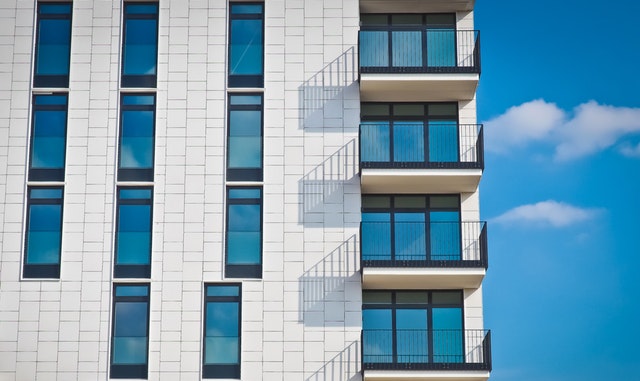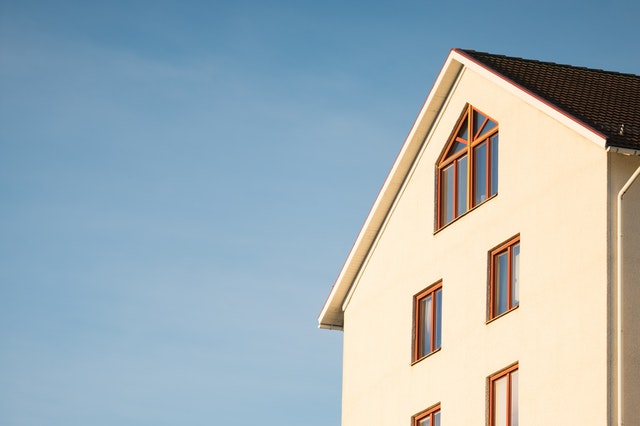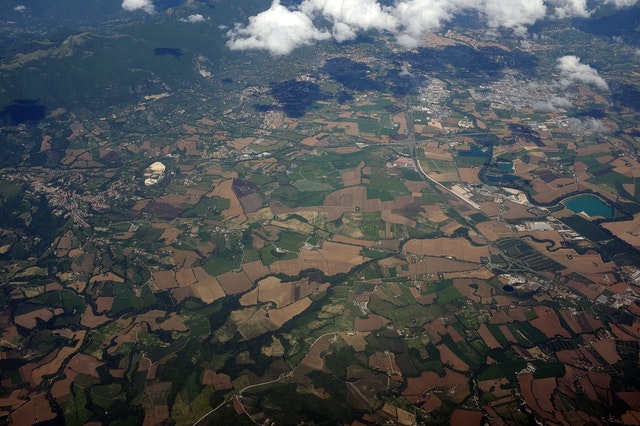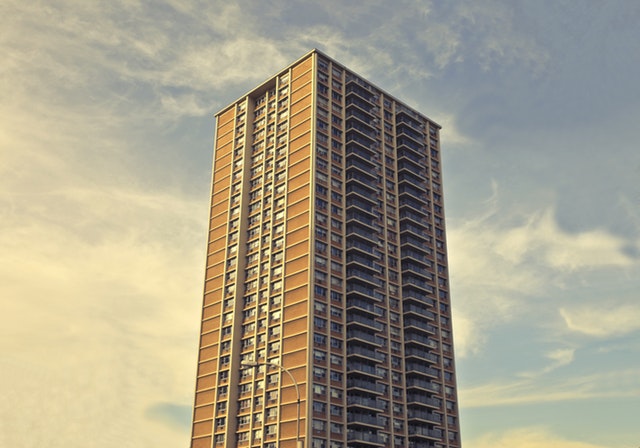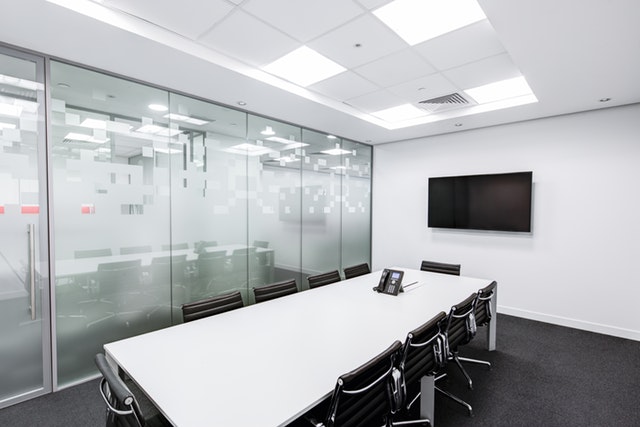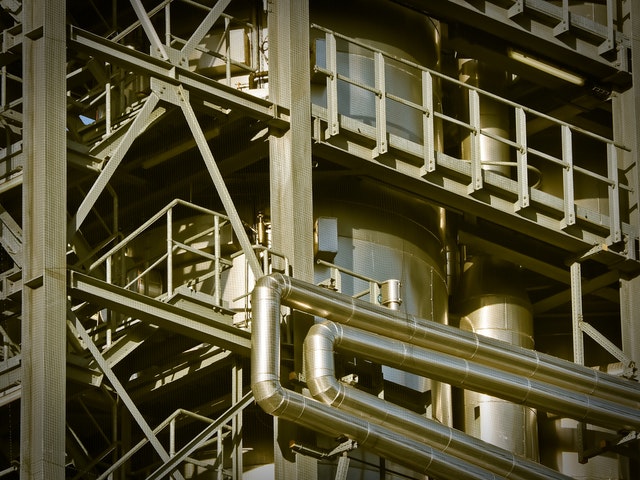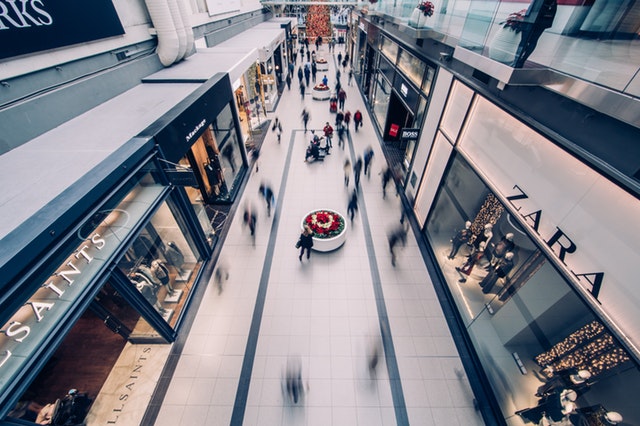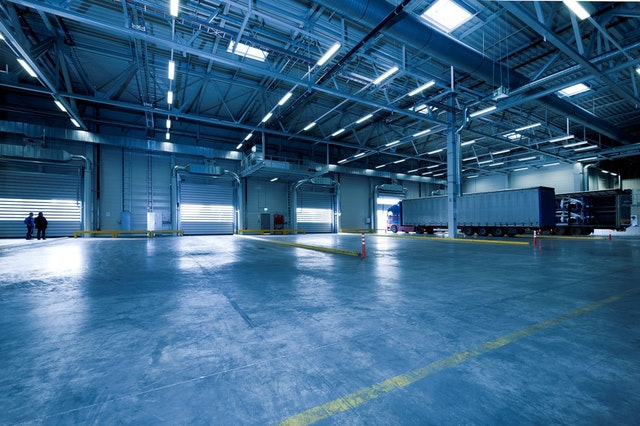Challenges in the real estate market will continue
The construction industry has experienced great upheavals in recent years, as a result of which the number of transactions in the market has decreased, notes Andris Bože, member of the board of SIA YIT LATVIJA.
A large number of developers included the increase in construction costs in the price of the final product, as a result of which apartment prices increased by approximately 30% in three years, says A. Bože, adding that this figure fully corresponds to the increase in the prices of building materials and construction works. At the moment, we secretly hope that this process has stopped – EURIBOR has reached its maximum and the availability of apartments could improve again next year, but no one is 100% sure of that, says A. Bože. He also emphasizes that, despite the challenges, YIT LATVIA continues to develop both new residential building projects and purposefully looks in the direction of rental residential buildings.
How do you think the real estate sector has coped with the challenges experienced in recent years?
2020. gadā pasauli kājām gaisā apgrieza pandēmija, kas ļoti būtiski ietekmēja nekustamo īpašumu nozari. Principā no 2020. gada pavasara līdz rudenim liela daļa pircēju atlika darījumus, jo tirgus situācija bija ļoti neskaidra. Atsevišķi eksperti pat prognozēja, ka piedzīvosim līdzīgu krīzi kā 2008. gadā, taču tas nenotika, un pieprasījums pēc pāris mēnešiem atgriezās pirmspandēmijas līmenī. Tajā pašā laikā būtiski mainījās cilvēku vēlmes un vajadzības – pircēji vairāk sāka interesēties par lauku īpašumu iegādi, bet dzīvokļu īpašnieki apsvēra iespējas iegādāties plašākus apartamentus, lai vienu istabu varētu atvēlēt ofisa vajadzībām. Principā tirgus bija atjaunojies, un 2021. gada beigās, kā arī 2022. gada sākumā situācija izskatījās ļoti cerīga. Mēs visi gan ļoti labi zinām, kādu šoku pasaule piedzīvoja 2022. gada februārī, kad Krievija iebruka Ukrainā. Šis notikums tirgu atkal apgrieza kājām gaisā, jo būvniecības materiālu cenas piedzīvoja vēl nebijušu pieaugumu. Kad šķita, ka pasaule ir pielāgojusies jaunajai realitātei un energoresursu cenas tuvākajā laikā atgriezīsies normālā līmenī, nāca nākamais satricinājums – milzīgā inflācija un Eiropas Centrālās bankas ofensīva celt procentu likmes burtiski katru mēnesi. Šobrīd mēs klusībā ceram, ka šis process ir apstājies – EURIBOR ir sasniedzis savu maksimumu un nākamajā gadā cenas varētu samazināties. Tajā pašā laikā nevienam par to nav 100% pārliecības, jo mēs jau esam pieraduši, ka pēc viena izaicinājuma uzreiz nāk nākamais.
How did YIT LATVIA do during this time?
Last year was very successful for us financially. The turnover of YIT LATVIA in 2022 reached 39 million euros, the profit indicators were also very good. At the same time, it should be understood that we managed to achieve these results thanks to the transactions made in 2021 and at the beginning of 2022, when the market situation was still relatively stable. Therefore, we cannot say that these results reflect the current situation. Of course, some of the last few years have not been as we would have liked, just like other players in the real estate industry. In general, the year 2023 continued to be full of challenges. In any case, we can clearly see that the real estate market has changed a lot, and developers must also take this into account.
You mentioned that construction costs increased significantly after the Russian invasion of Ukraine. How much did it cost to build a house five years ago, but how much now?
A good indicator by which to measure construction costs is steel rebar, which is used in virtually all building frames. For example, five or six years ago, these rods cost an average of 450 dollars per ton on the stock exchange. In 2019, this price increased to 800-850 dollars per ton, but an even more significant jump was experienced after the start of the war. This was not surprising, since most of these materials were imported from Ukraine, Russia and Belarus, which supplied practically the entire Baltic region with these steel rods. Since it was forbidden to buy materials from Russia and Belarus after the start of the war, we had to import them from Turkey, Spain and other countries. The market changed completely, as a result of which the prices of steel rods at one point reached as high as 1,600 dollars per ton. It was at such a level that many developers even began to think about stopping construction, because prices were completely unpredictable. The second thing – there was no assurance that these materials would be delivered at all. Currently, however, the prices of building materials are gradually returning to normal levels, as the market and logistics chains have been able to reorient themselves and adapt to the new reality.
How much did this cost increase affect your business results?
Of course, we felt the impact, because there were projects where we had concluded so-called fixed price contracts with external customers, as a result of which we simply could not change the prices. If we talk directly about the apartment market, it should be noted that a large number of developers included this price increase in the price of the final product, as a result of which we see that apartment prices have increased by about 30% in three years. In principle, this number also corresponds to the increase in construction costs.
Unbelievably, the year 2023 is also slowly approaching the end. What have been the most significant projects you have implemented this year?
Most would like to highlight our projects for the rental market. It is known that the amendments to the Rent Law have recently come into effect, and the current legislation in our country in this sector is the most advanced in the Baltics and perhaps even in Central Europe. The new procedure solves several issues, including significantly reducing risks for potential investors to invest in the construction of new rental houses. For example, this year we have built two apartment buildings with 250 apartments in cooperation with the Vienna Insurance Group. These projects have already been successfully transferred to the rental market. We have also completed the fourth building in the Silvas house project, where 25% of the apartments are currently reserved, and the construction of the fifth building has also started, while we still have a house in Liepājas street under construction. Also, the 1st phase of Mārpagalmu in Ågenskaln is under construction and the 2nd phase has just started. In addition, the construction of buildings is underway in the Kaivas quarter, which is located in Riga’s Dreilins, bordering Mežciems. It will consist of five six-story buildings, offering a total of 360 apartments for purchase. In response to consumer demand and market specifics, one of the most important aspects of the construction of the new Kaivas quarter complex will be to provide A-class energy efficiency, a recuperation system, as well as solar panels for common use. The inclusion of these solutions will significantly ease utility payments for homeowners, especially during the winter months. In general, since we have been operating in Latvia, we have implemented more than 15 multi-apartment residential building projects in 11 different neighborhoods of Riga, which means several thousand completed apartments.
You have already mentioned that bank interest rates for mortgage loans have also increased rapidly recently. How does this aspect affect your business?
Read the full article here

